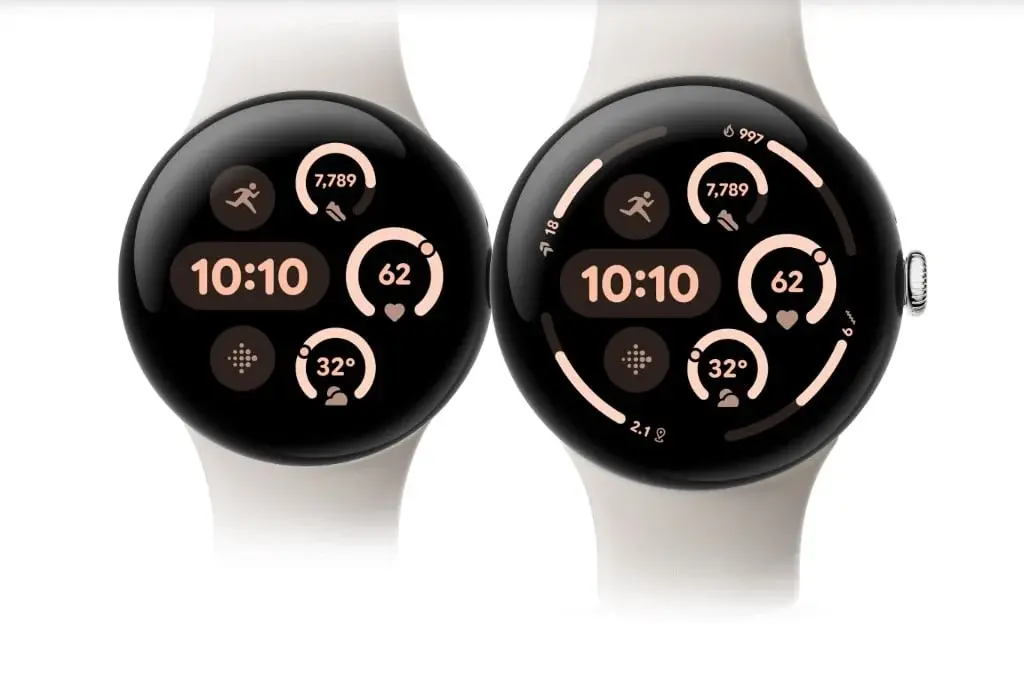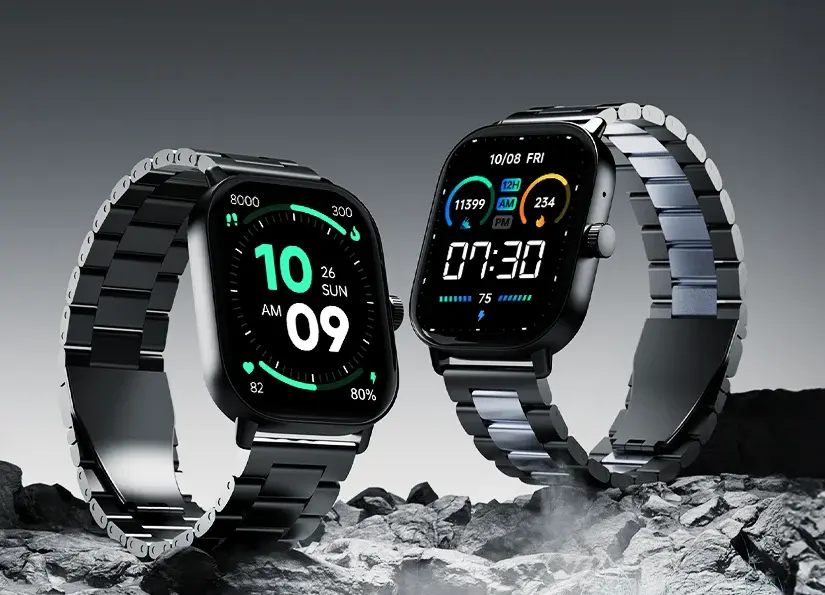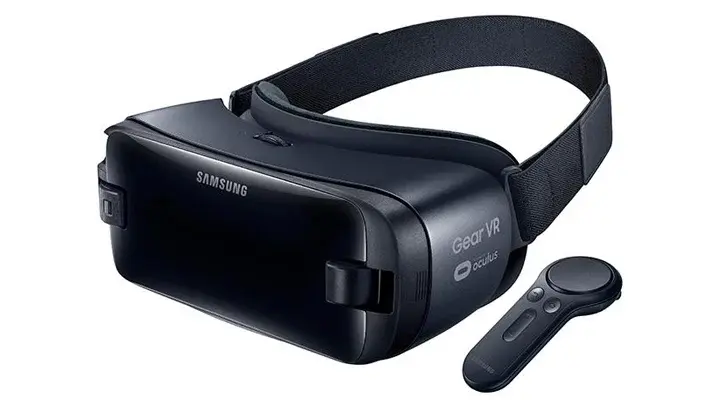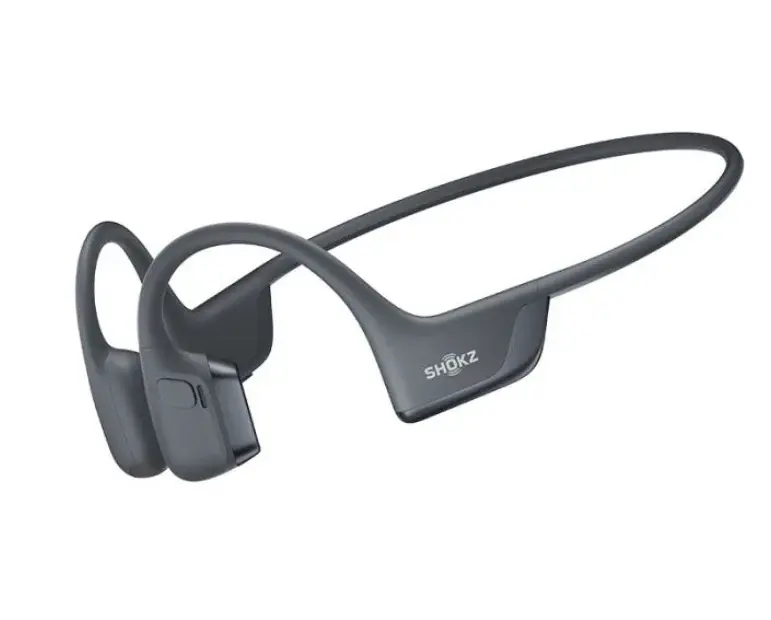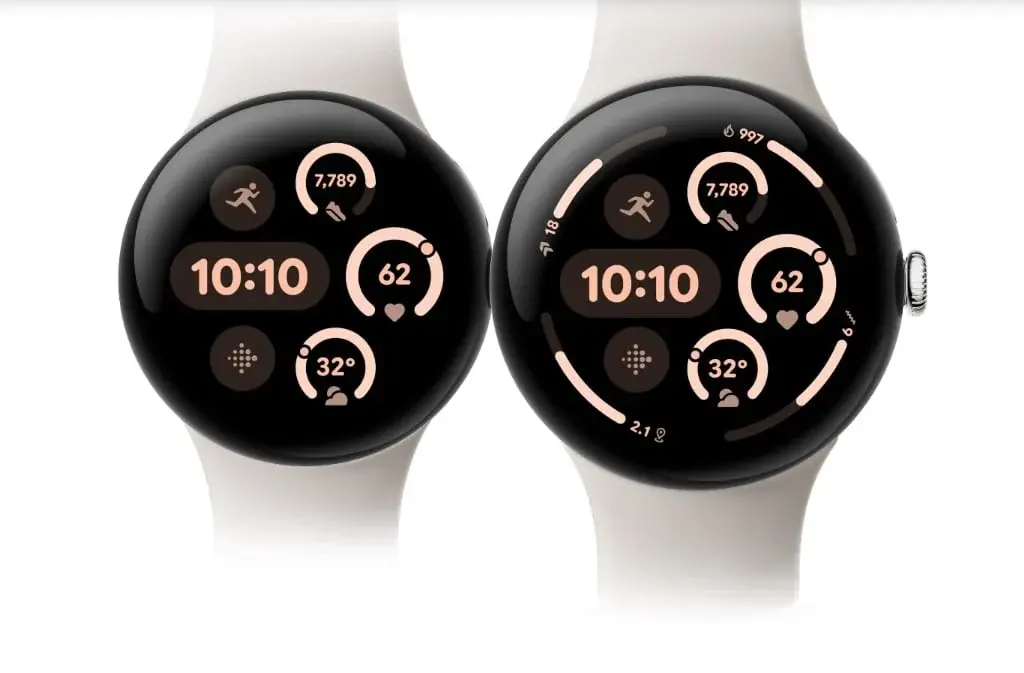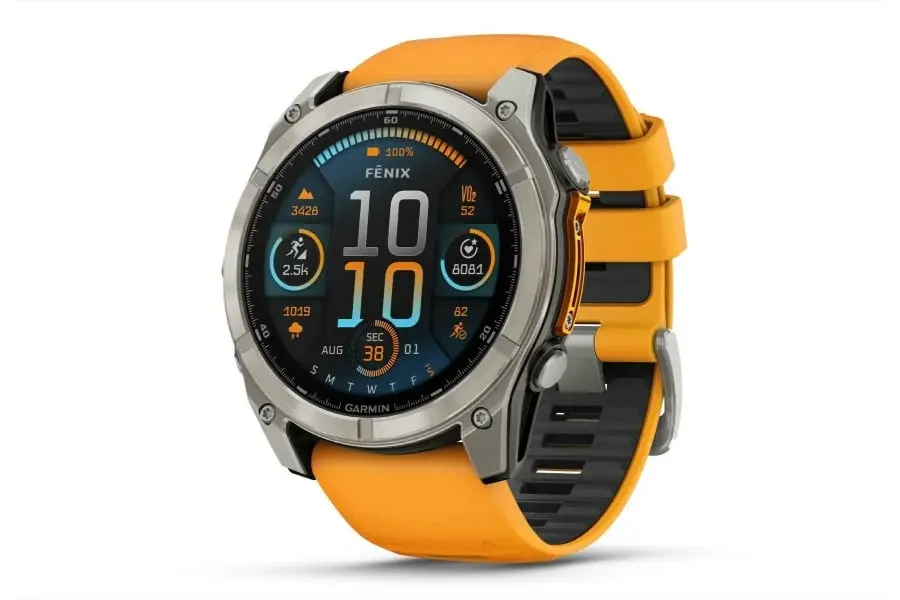Google has garnered significant acclaim for its top-tier software support for Pixel smartphones. The recently unveiled Pixel 9 series sets a new benchmark with a commitment to seven years of OS and security updates, a feat unmatched by any leading manufacturer except Samsung.
Disparities in Software Support
However, this generous update policy does not extend to all of Google’s hardware. Owners of the Pixel Watch face a much less favorable situation regarding software support.
The original Pixel Watch and its successor, the Pixel Watch 2, each received only three years of software updates. Unfortunately, this pattern continues with the newly introduced Pixel Watch 3.
Limited Update Timeline
Google has pledged to provide software updates for the Pixel Watch 3 until October 2027. Although the company hasn’t dismissed the possibility of updates beyond this date, there is no assurance they will be delivered.
It’s important to note that, unlike with smartphones where Google clearly specifies Android and security patch updates, for smartwatches, “Guaranteed software updates” encompass WearOS updates. This includes “Google Pixel Watch security updates and may consist of feature drops and other software updates.”
Potential Reasons for Shorter Support
The shorter update timeline for smartwatches might stem from Google’s expectation that users will upgrade their watches more frequently than smartphones.
Alternatively, a more skeptical perspective might suggest that this decision is cost-driven. Given that smartwatches generally come with a lower price tag than phones, the level of support might be determined by financial factors.
Regardless of the rationale, individuals interested in the Pixel Watch lineup should be mindful of the notable difference in software support when compared to Pixel phones. While the Pixel Watch 3 boasts the latest Wear OS and robust features, its longevity in receiving software updates does not match that of its smartphone siblings.


